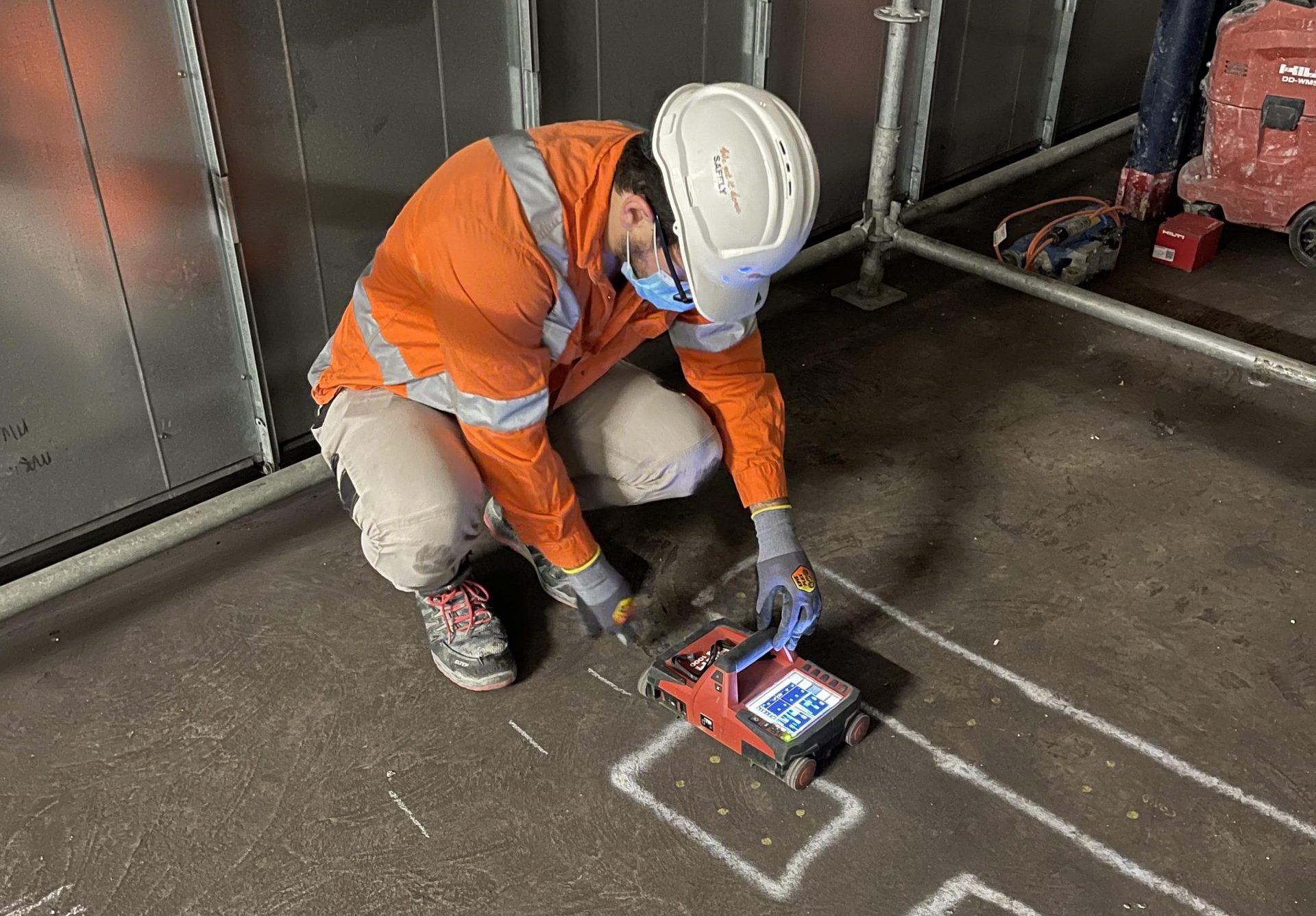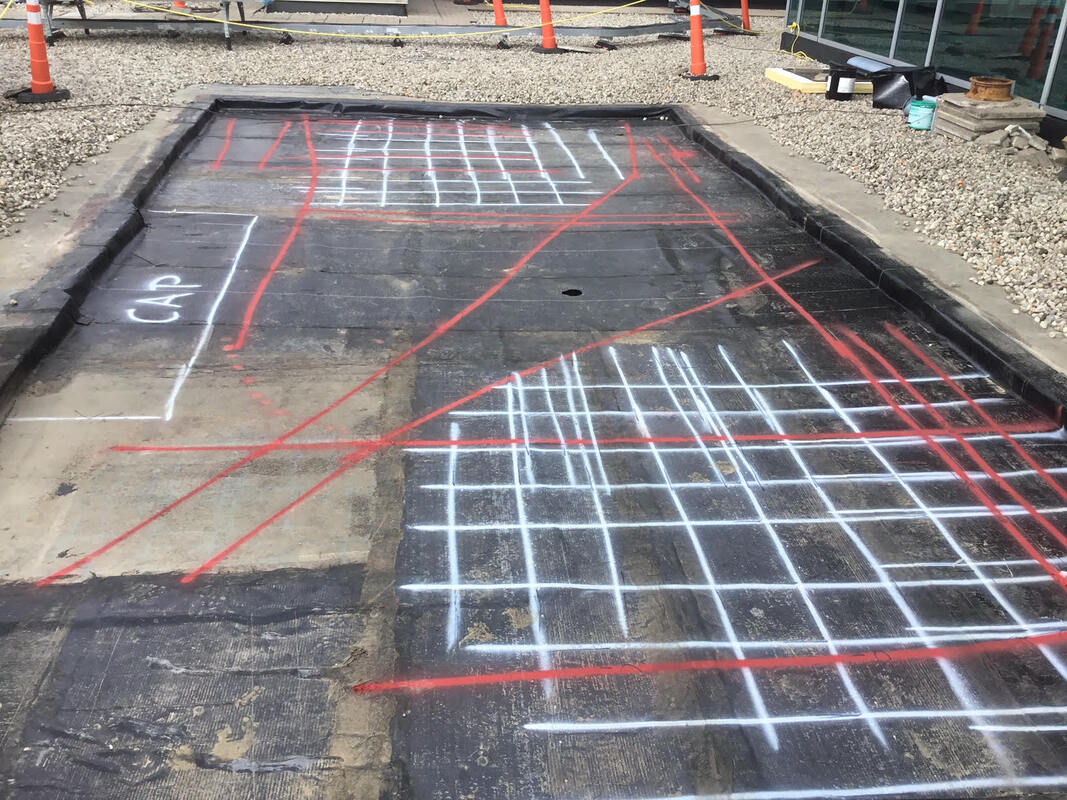Secret Advantages of Using Concrete Scanning Modern Technology
Secret Advantages of Using Concrete Scanning Modern Technology
Blog Article
Introduce the Transformative Power of Concrete Scanning in Making The Most Of Performance and Security
Concrete scanning has actually become an essential device in the construction sector, offering unequaled benefits in improving task effectiveness and ensuring security standards. By using advanced innovation, concrete scanning allows experts to see beyond the surface, revealing concealed intricacies that might affect the structural stability of a structure. The transformative power of concrete scanning hinges on its capability to offer real-time data and thorough insights, revolutionizing how jobs are planned and implemented. As we explore the details of this ingenious technique, a globe of possibilities opens, showcasing a brand-new period of building techniques that prioritize accuracy and security.
Importance of Concrete Scanning
Guaranteeing the architectural integrity and safety of construction projects begins with the important step of conducting detailed concrete scanning. Concrete scanning is a non-destructive approach utilized to find and map subsurface aspects within concrete frameworks.
The value of concrete scanning can not be overstated, as it plays an essential function in preventing crashes, reducing task delays, and making sure the long-term durability of the building. By determining possible threats before the building phase starts, builders can carry out proper safety and security actions and make notified choices regarding the design and execution of the project. Furthermore, concrete scanning assists in maximizing project timelines and budget plan by staying clear of unanticipated costs and hold-ups that might emerge due to unpredicted blockages within the concrete. Inevitably, investing in comprehensive concrete scanning is a proactive approach that boosts both efficiency and safety in building and construction jobs.
How Concrete Scanning Works
Concrete scanning operates as a critical device in building tasks by utilizing innovative technologies to discover and map subsurface elements without causing architectural damage. Ground Permeating Radar (GPR) and Electromagnetic Induction (EMI) are two primary techniques utilized in concrete scanning. GPR jobs by giving off high-frequency radar pulses right into the surface area, which bounce back when they experience subsurface things or gaps. The time considered the signal to return suggests the deepness and place of the objects. EMI, on the various other hand, uses magnetic fields to determine variances in product compositions, such as recognizing rebar or channels within concrete structures.
During the scanning process, the information collected is analyzed in real-time, allowing prompt identification of possible risks or challenges under the surface area. This information help in decision-making, making certain that building activities proceed safely and effectively. Furthermore, 3D imaging software can be made use of to develop detailed maps of the subsurface components, better enhancing project preparation and implementation. By utilizing these sophisticated innovations, concrete scanning considerably reduces the threat of costly problems and injuries on construction websites.
Benefits of Concrete Scanning
Utilizing advanced scanning technologies in construction projects provides a wide variety of benefits, enhancing both effectiveness and safety on-site. One of the key benefits of concrete scanning is the capacity to discover and situate embedded items such as rebar, post-tension wires, and avenues accurately. By determining these components prior to exploration or cutting right into concrete structures, the danger of unintended strikes is dramatically reduced, preventing possible injuries to employees and damage to the structure itself. Concrete scanning helps in planning and developing much more properly, as it offers exact info about the area and deepness of architectural parts.

Study: Concrete Scanning Success

In an additional instance, a construction business made use of 3D concrete scanning to assess the condition of maturing concrete frameworks in a historic building. The thorough scans provided important understandings right into the level of wear and tear and assisted focus on upkeep efforts successfully. By proactively dealing with locations of problem identified through scanning, the business had the ability to expand the lifespan of the structure and make sure owner safety.
These situation research studies underscore the transformative power of concrete scanning in improving effectiveness, accuracy, and security in find more information building jobs.
Applying Concrete Scanning in Projects
Implementing advanced scanning technologies during construction projects has actually come to be significantly essential for enhancing accuracy and safety and security. By incorporating concrete scanning into task preparation and implementation, building and construction groups can determine possible hazards, such as rebar or post-tension cables, concealed within concrete frameworks. This proactive approach minimizes the risk of crashes, hold-ups, and expensive rework, ultimately resulting in much more effective job timelines and budget plans.
To execute concrete scanning effectively, task supervisors ought to collaborate closely with seasoned scanning specialists to figure out one of the most ideal scanning methods for the specific job demands. Engaging scanning professionals from the early stages of a job enables the team to develop comprehensive scanning strategies that deal with vital locations of concern and make sure comprehensive information collection.
In addition, integrating concrete scanning right into routine task process can streamline decision-making procedures, as real-time check data gives instant understandings right into the problem of concrete structures - Concrete Scanning. This data-driven strategy assists in informed analytical and allows teams to make modifications promptly, promoting a society of efficiency and security throughout the project lifecycle

Conclusion
To conclude, concrete scanning plays a critical role in my website improving performance and safety in construction jobs. By using advanced modern technology to detect and map out underlying frameworks within concrete, this procedure aids to avoid costly errors, make sure architectural honesty, and decrease risks on website. With the ability to uncover covert aspects and supply precise information, concrete scanning shows to be a beneficial tool for optimizing project outcomes and making the most of overall success.
Concrete scanning is a non-destructive method used to discover and map subsurface aspects within concrete great site structures. Furthermore, concrete scanning helps in optimizing job timelines and budget by staying clear of unanticipated prices and hold-ups that might develop due to unanticipated blockages within the concrete. One significant situation research study involves a large-scale renovation task where concrete scanning played an important function in guaranteeing project success.In an additional instance, a building and construction business utilized 3D concrete scanning to assess the problem of maturing concrete structures in a historical structure. By integrating concrete scanning into task preparation and execution, construction groups can determine potential hazards, such as rebar or post-tension wires, concealed within concrete structures.
Report this page